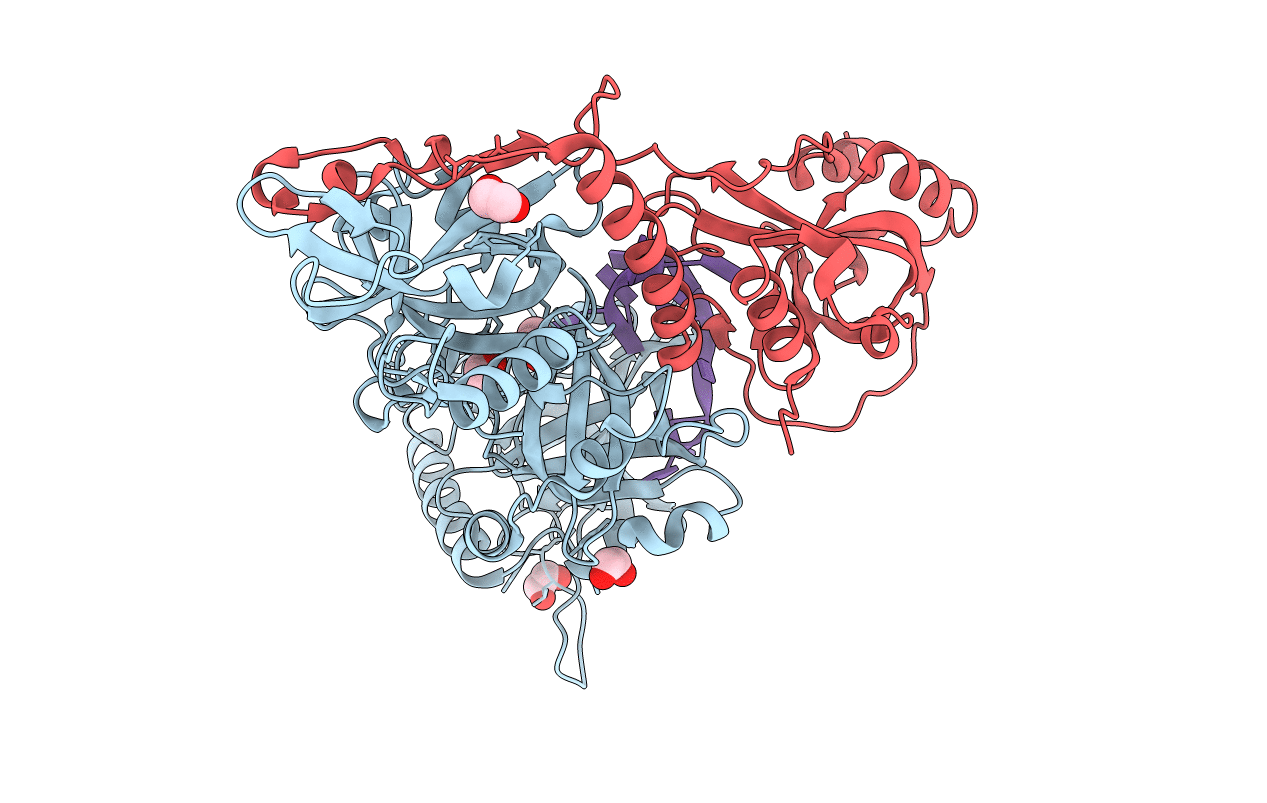
Deposition Date
2006-08-11
Release Date
2006-08-22
Last Version Date
2023-08-30
Entry Detail
PDB ID:
2I0Q
Keywords:
Title:
Crystal structure of a telomere single-strand DNA-protein complex from O. nova with full-length alpha and beta telomere proteins
Biological Source:
Source Organism:
Sterkiella nova (Taxon ID: 200597)
Host Organism:
Method Details:
Experimental Method:
Resolution:
1.91 Å
R-Value Free:
0.26
R-Value Work:
0.24
R-Value Observed:
0.24
Space Group:
P 61 2 2


